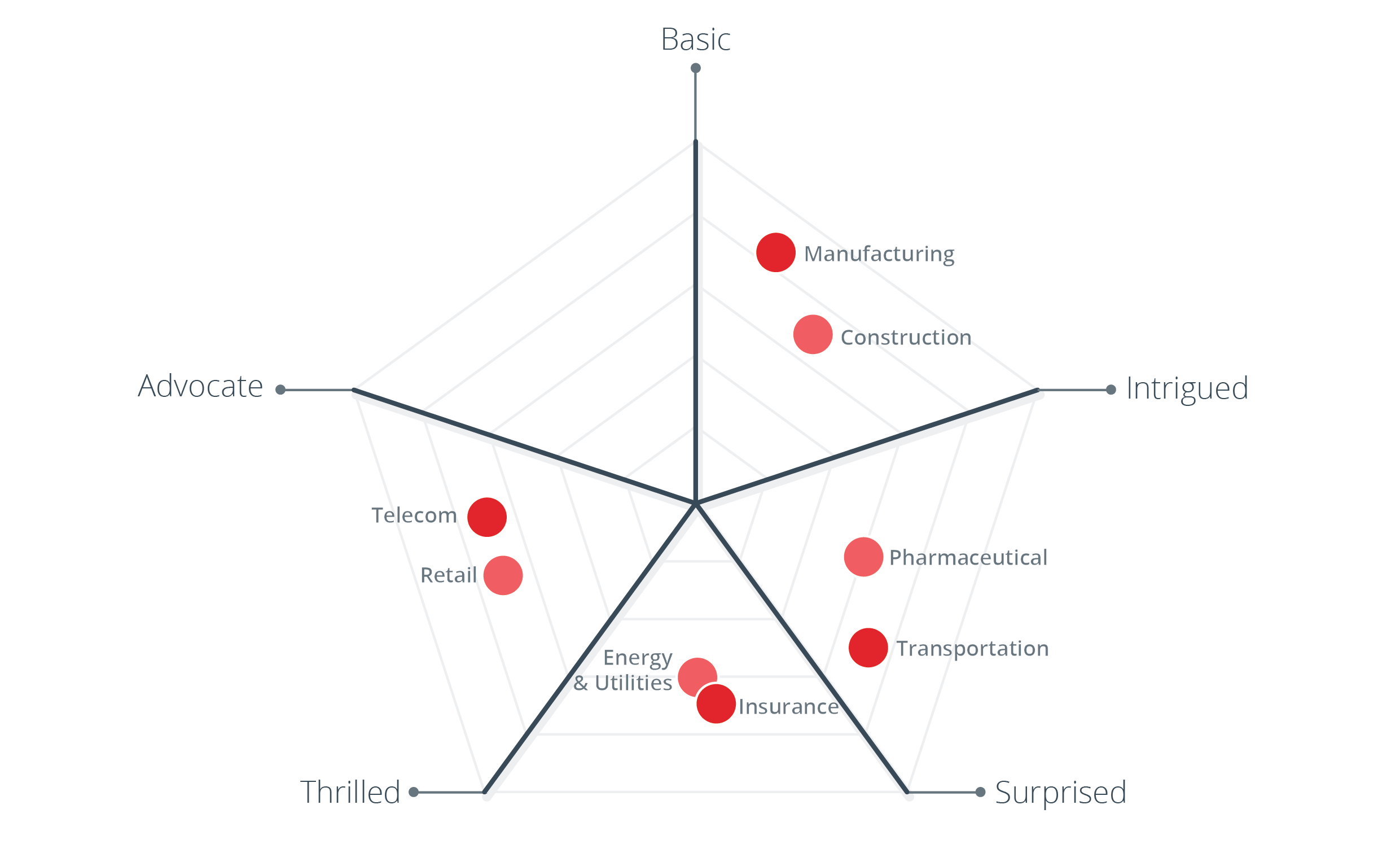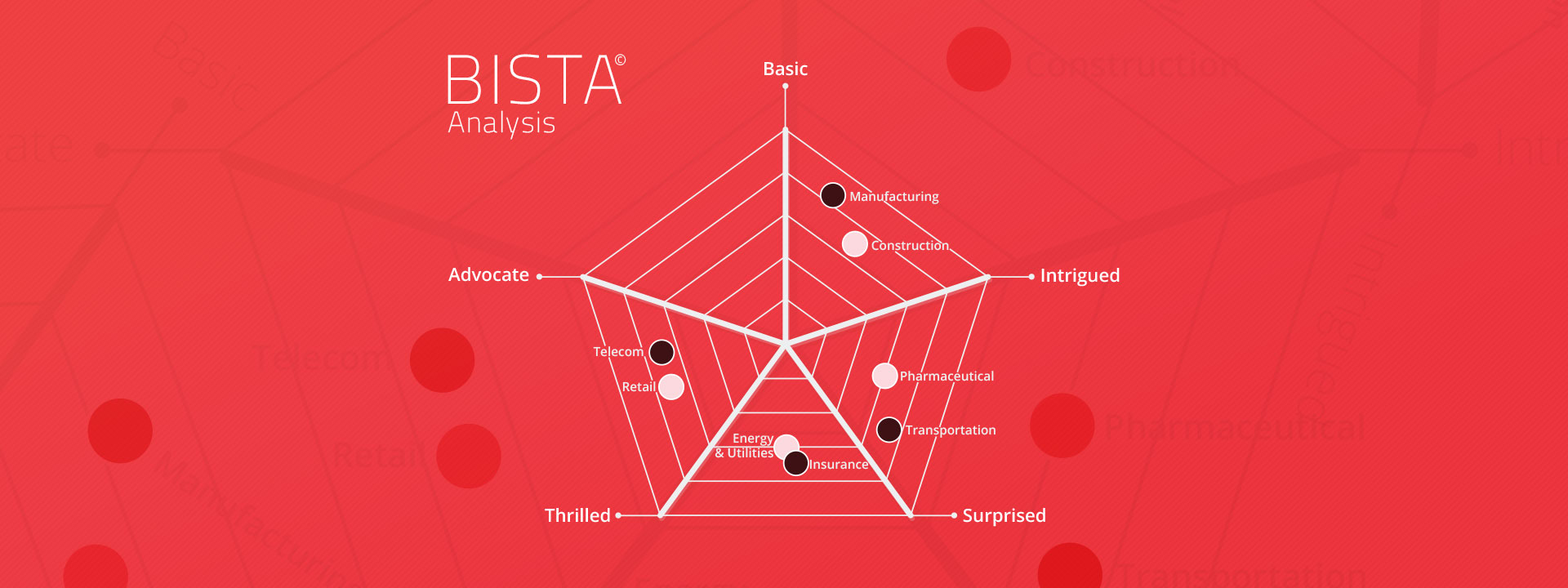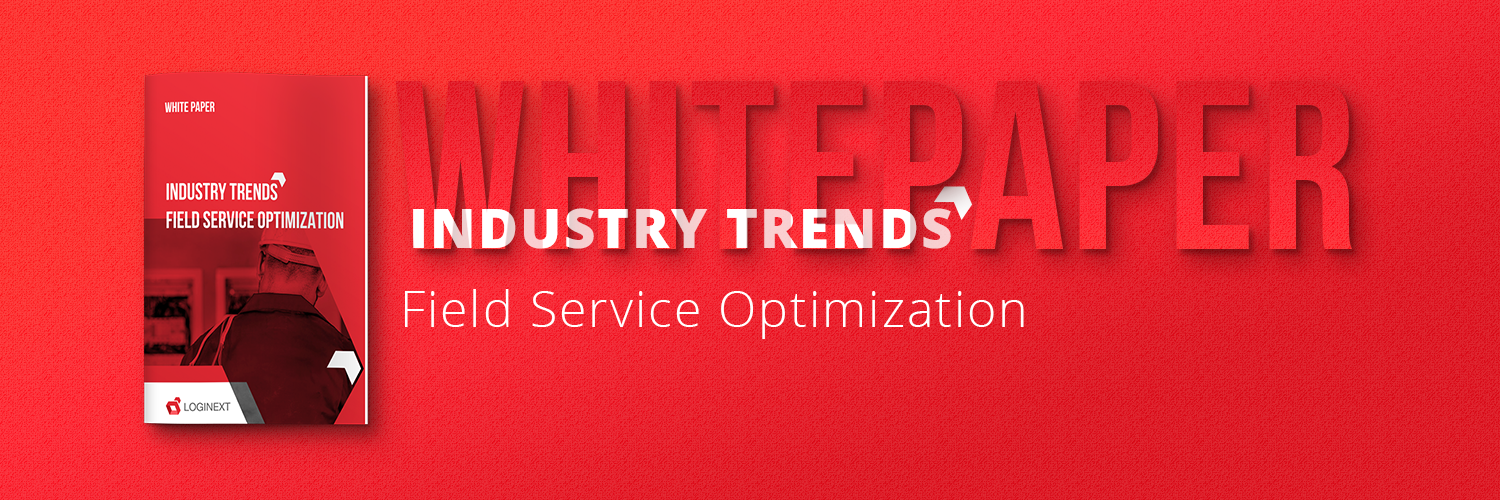Consumer Behavior Analysis in The New Age: How to Capture the Evolving Minds of Your Consumer?
You have heard about AIDAS, the marketing and sales concept comprising of Attention, Interest, Desire, Action, and Satisfaction. It is simple and almost universal in its applicability. However, it works on an assumption which is flawed in its own definition. Hence, the ‘almost’ universal applicability. What would be more precise than the consumer decision flow of AIDAS? And what is this assumption that renders the celebrated marketing principle inefficient?
The Assumption Within AIDAS is Unsaid but Profound. This idea that the expectation stage of consumers can be generalized across industries and timelines, is prone to error. How does this generalization affect the decision flow of consumers? To answer this, I will help you look closely at these assumptions.
Generalization Across Industries
If you are a consumer standing in a clothing store waiting for the line at the counter to clear up on a busy weekend, your expectation from the store’s service would be different from your expectation of quickly hailing a cab. Now here, you may be fine with waiting longer in the line, but you would hate waiting at the curb for a cab. The expectation of having a cab right where you need it, is different from checking out of a store whenever you want to. You give the store some leeway while accounting for the heightened rush of shoppers over the weekend. However, you won’t allow the same leeway for the cab, even though the same scenario applies to the local transport conditions too. The underlining fact is that you have learnt to expect more from the transport industry with Uber and Lyft vying for your attention.
Generalization Across Timelines
Consider the scenario where you are out on a date to an upscale restaurant. The manager, sensing the special circumstance, offers you a bottle of wine, on the house. You would definitely be surprised, even elated with the development. Satisfied, you might plan to visit the place again. However, this time you might expect the same level of comradery. Your expectation this time around was higher than your last visit, even though your ‘desire’ is above and beyond having a good meal in a comfortable setting. If your new-found expectation is not fulfilled, you might be disappointed. This is the evolving nature of consumer behavior where the previous interactions become a factor of the new set of expectations.
To connect with the consumers in the above scenarios, you need a better, a more complete behavior model.
Here at LogiNext, we have what you need. We recently launched a white paper covering the future trends in field service management. This white paper has already created positive waves across industries with novel concepts wrapped around the core research sourced from over 500 industry experts and CXOs.
The new age behavior model I am referring to is the BISTA © Analysis Model.
What is the BISTA © Analysis Model?
A potential consumer, as the AIDAS sales pitch goes (Awareness, Interest, Desire, Action, and Satisfaction), needs to identify with the value of a service/product. Now as it happens in an industry, consumers begin to identify a minimum quality expectation from the players. This expectation is built on past service/product experiences. For example, an average American would expect a standard of service quality from a plumber working in their house. The direct expectation would cover a satisfactory output. However, if a company adds a comprehensive post-installation service package, with real-time quality feedback, the consumers’ expectation would surpass the industry standard. In this scenario, a company, or more importantly, their field workforce must identify the consumer expectation stage (CES) of the consumer. These expectation stages are ‘Basic’; ‘Intrigued’, ‘Surprised’, ‘Thrilled’, and ‘Advocate’ (BISTA©).
As the titles suggest, each stage is based on the consumer reaction to a service/product.
- The key factor here is that if the industry functions on the ‘Basic’ stage, then a player functioning on the ‘Intrigued’ level would potentially capture an increased market share.
- Consider the example of the plumber; here a fixed pipeline is the ‘Basic’ stage, but if the plumber offers a year’s warranty for the service performed, this would be an ‘Intrigued’.
- If the company that sent the plumber, offers real-time tracking of available service professionals for a quick plumbing visit, this would come under the ‘Surprised’ category.
- Many companies are now using SaaS products to offer better service standards to their consumers through optimized field workforce management.
However, it is very important to note that once the consumer gets accustomed to the ‘Surprised’ stage, it would soon come down to a ‘Intrigued’ or a ‘Basic’ category.
This is because the service would become industry standard. Hence disruptors keep pushing the service standards up, pushing the industry benchmarks down to the basic level. In such scenarios, it is extremely important to be ahead of the curve by adopting the latest in field service optimization tools.
We conducted our CSE analysis to understand the BISTA© dynamics of any industry.
Let’s have a look at the BISTA © chart for different industries in North America.

BISTA Analysis for North American Industries
The BISTA© analysis is a structured understanding of the consumer’s mind. The BISTA score for each industry is calculated by considering the competitive state of the industry, the rate of innovation, and consumer surveys which studies scenarios in which the consumer would react favorably, unfavorably, or in a neutral manner to an interaction with the brand.
There is much more to this. If you want to find out how to utilize this in your own industry, you can download the white paper here.
165









@LogiNext